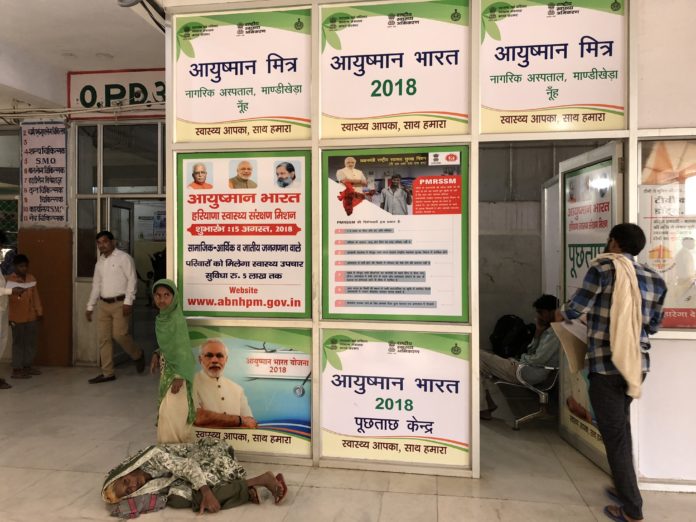Government report highlights infrastructure, manpower deficiencies in rural and urban healthcare
Ten percent health sub centres (SC) and 3.8% primary health centres(PHC) in rural India have no electricity, 33% PHCs have no labour rooms and 73% specialist positions sanctioned in urban health centres stood vacant as of March 2023.
A new government report “Health Dynamics of lndia (lnfrastructure & Human Resources) 2022-23”, formerly known as the Rural Health Statistics has once again unveiled the dismal status of primary and secondary health in the country. The report shows that not only are there glaring infrastructure gaps in the government health system but the problem of shortage of specialists (surgeons, obstetricians and gynaecologists, physicians and pediatricians) remains an endemic problem even in the community health centres in urban areas. Of the 1922 specialist posts sanctioned for these centres, 1415 were vacant. About 30% of general duty medical officers for allopathic medicine (830 of 2705) were also vacant. Pharmacists and radiographers were also short.
The findings are significant because the perception about manpower availability in the government sector has traditionally been that it is a problem only in rural areas. However this report debunks that effectively. Officials feel the expanding private sector in the urban areas that offer comparable or better salaries while not putting a bar on private practice may outweigh the lure of a “secure” government job. For health centres in rural areas that have no electricity, storage of drugs and vaccines is the biggest problem as refrigerators cannot be operated.
The document was released earlier this week by health secretary Apurva Chandra. Highlighting the document as a source of reliable and authentic information on various aspects of National Health Mission (NHM), Shri Apurva Chandra stated that “The annual publication is a valuable document furnishing much needed information on manpower and infrastructure within NHM, helpful in policy making, improving processes and problem solving”. He added that the document gives a cross analysis across the states on the availability and deficiencies in manpower and infrastructure. The data is immensely helpful in understanding the requirements of the states, their priority areas and formulating policies and targeted campaigns, he said. The health statistics also aids in making a comparison in the performance of the states on different parameters, he said.


